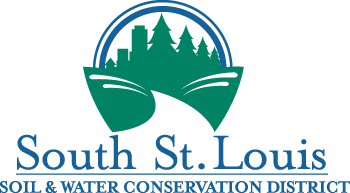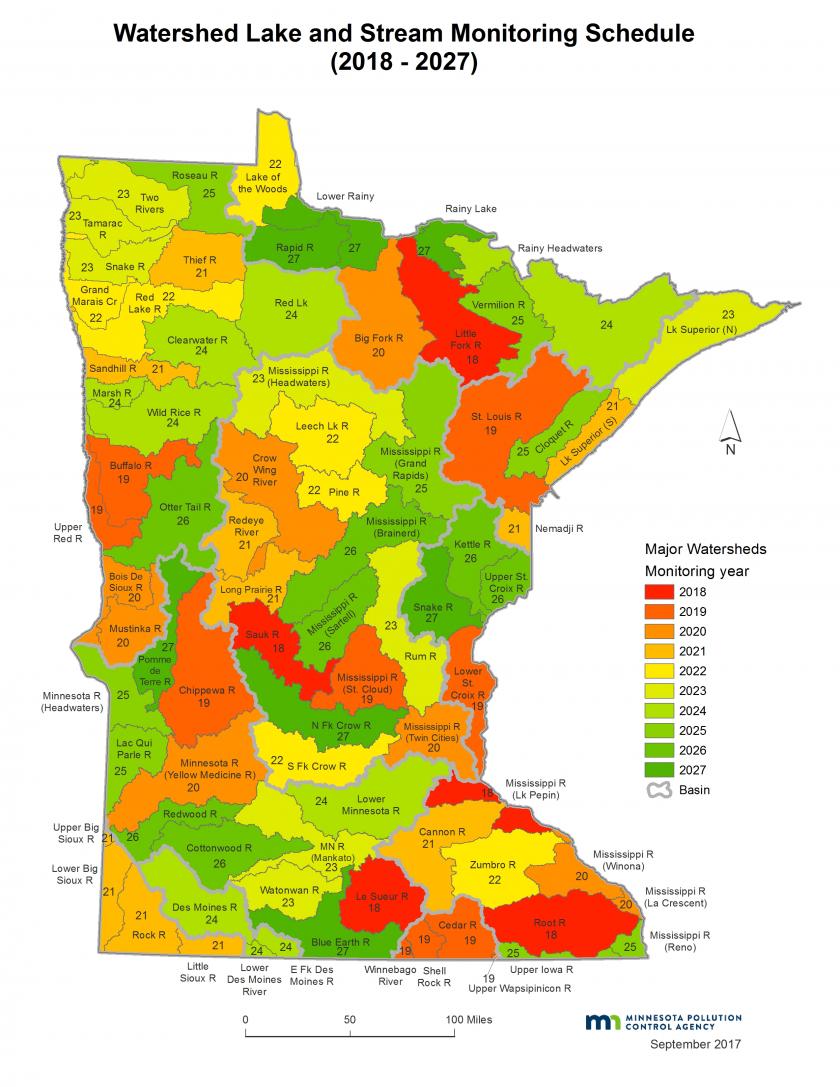A watershed is an area of land where all of the water drains to one spot – a stream, river or lake. This includes raindrops, groundwater and surface water all running to the same “receiving water.” Watersheds can be small, like a small ditch or ravine in your backyard, or they can be huge, like the entire watershed of the Mississippi River. It’s sort of like Russian nesting dolls, where smaller dolls fit into larger and larger dolls. Watershed boundaries are determined by the topography of an area – specifically by hills and valleys. The top of a hill in a certain area will demarcate one side of a watershed, where all of the rain and water flows down one or the other side of that hill, and the next closest hill will demarcate the other boundary, sort of like a “V” shape. Usually a stream or lake will be found between those hills, and that stream or lake is where all of the water flows, since water always flows downhill. This is a simple way to think about watersheds; in flatter areas, it may be quite difficult to identify the boundaries of the watershed just by looking at the landscape. However, in Duluth, we have many steep river ravines that make it a little easier to see the boundaries of an individual watershed. Depending on where you live, these larger streams all drain to one very large, final waterbody. In some parts of the U.S., that final waterbody is the ocean. In Duluth, that water body is Lake Superior.
Minnesota has divided the state into 81 “major” watersheds by the MN DNR and other agencies responsible for managing Minnesota’s abundant water resources. In Duluth, where our office is located, we are near five of these major watersheds – Cloquet River, Lake Superior – North, Lake Superior – South, Nemadji River and St. Louis River. Our office partners with the Minnesota Pollution Control Agency (MPCA) to help provide research and outreach assistance for their Major Watershed Approach to water quality restoration and protection, which is the way the State manages its obligations to monitor and assess our State’s waters under Minnesota law and the Federal Clean Water Act.
For more information on watersheds in your area, follow this link: https://www.pca.state.mn.us/water/what-watershed



